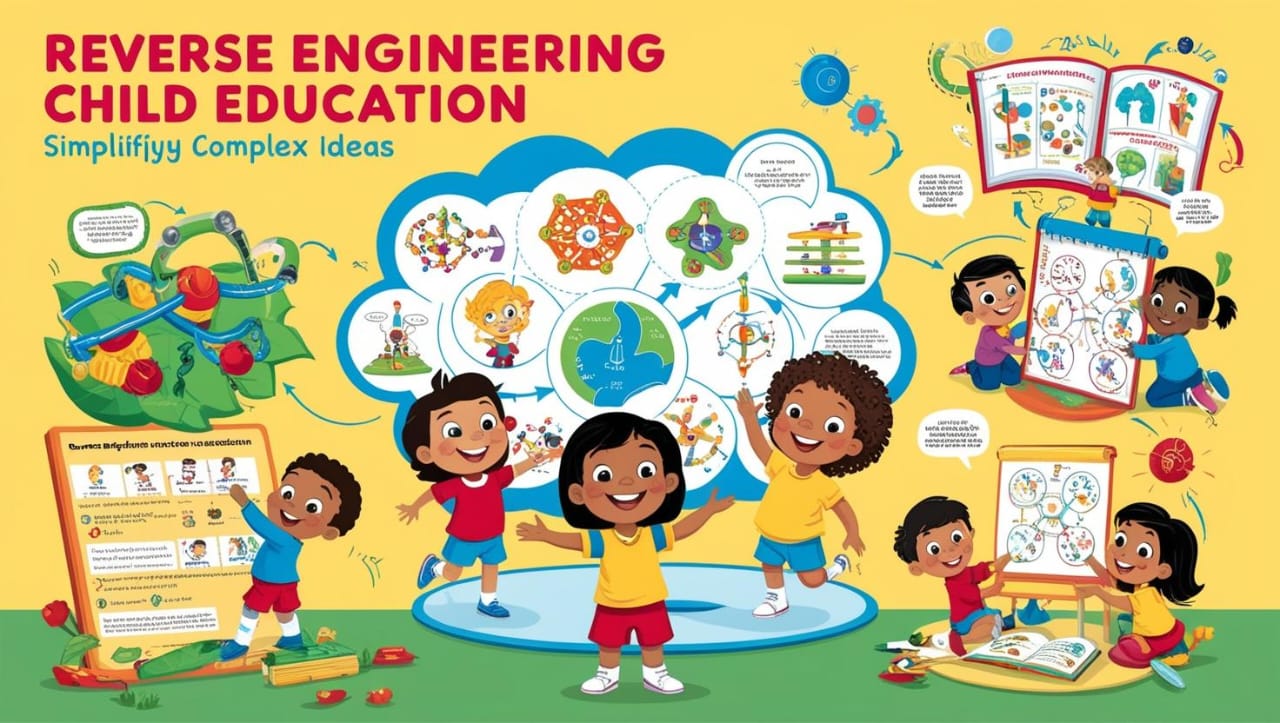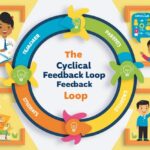
Child education often involves nuanced concepts that can seem overwhelming at first. Reverse engineering these ideas—breaking them down into smaller, understandable parts—makes it easier to grasp and apply them effectively. This guide explores how to deconstruct key principles in child education for better understanding and practical implementation.
1. What Is Reverse Engineering in Child Education?
Reverse engineering involves analyzing an outcome or concept and tracing it back to its foundational components. In child education, it means:
- Understanding how children learn.
- Identifying the steps or elements that lead to effective learning.
- Applying this knowledge to create better learning experiences.
2. Step-by-Step Guide to Reverse Engineering Child Education
Step 1: Start with the Outcome
Define the desired learning outcome. For example:
- Outcome: A child understands the concept of fractions.
Step 2: Identify the Core Components
Break down the outcome into its basic elements. For fractions:
- Understanding what a whole is.
- Recognizing the concept of division.
- Learning numerator and denominator.
Step 3: Analyze the Learning Process
Examine how children typically learn these concepts:
- Through visuals (e.g., pie charts).
- Hands-on activities (e.g., dividing a pizza).
- Practice problems.
Step 4: Simplify and Rebuild
Present the concepts in simpler forms, step by step:
- Explain the idea of a whole using familiar objects.
- Show how to divide the object into equal parts.
- Label the parts as numerator and denominator.
3. Applying Reverse Engineering to Broader Child Education Concepts
A. Emotional Intelligence (EI)
- Outcome: A child can identify and manage their emotions.
- Components:
- Recognizing emotions (happy, sad, angry).
- Naming emotions.
- Learning coping strategies (deep breathing, talking to an adult).
- Simplified Approach:
- Use storytelling to introduce emotions.
- Role-play scenarios for emotional expression and resolution.
B. Critical Thinking
- Outcome: A child can analyze problems and find solutions.
- Components:
- Asking questions.
- Evaluating options.
- Making decisions.
- Simplified Approach:
- Encourage “why” questions during daily activities.
- Use puzzles and games to practice problem-solving.
C. Social Skills
- Outcome: A child can interact positively with peers.
- Components:
- Understanding empathy.
- Practicing communication.
- Resolving conflicts.
- Simplified Approach:
- Organize group activities.
- Discuss and model positive interactions.
4. Tools and Strategies for Reverse Engineering
A. Visual Aids
- Use diagrams, charts, and videos to break down abstract concepts.
- Example: A flowchart showing the steps to solve a math problem.
B. Hands-On Activities
- Encourage experiential learning.
- Example: Science experiments to explain basic principles like gravity.
C. Analogies and Metaphors
- Relate new concepts to familiar ones.
- Example: Explaining the internet as a “library in the sky.”
D. Scaffold Learning
- Gradually increase complexity as the child masters foundational ideas.
5. Benefits of Reverse Engineering in Child Education
- Clarity: Makes complex concepts easier to understand.
- Engagement: Breaks monotony by introducing creative teaching methods.
- Retention: Reinforces learning through simplified steps.
- Application: Encourages practical use of knowledge in real-life situations.
Example: Reverse Engineering the Alphabet
- Outcome: A child learns to recognize and write the alphabet.
- Components:
- Shapes of letters.
- Sounds associated with each letter.
- Writing the letters.
- Simplified Steps:
- Introduce shapes like circles and lines.
- Use rhymes and songs for phonics.
- Practice writing letters with dotted lines.
Functional External Links
By reverse engineering complex ideas, you can make child education more accessible and enjoyable.
#ChildEducation #ReverseEngineering #LearningMadeEasy #CreativeTeaching #EducationForAll








Be the first to leave a comment